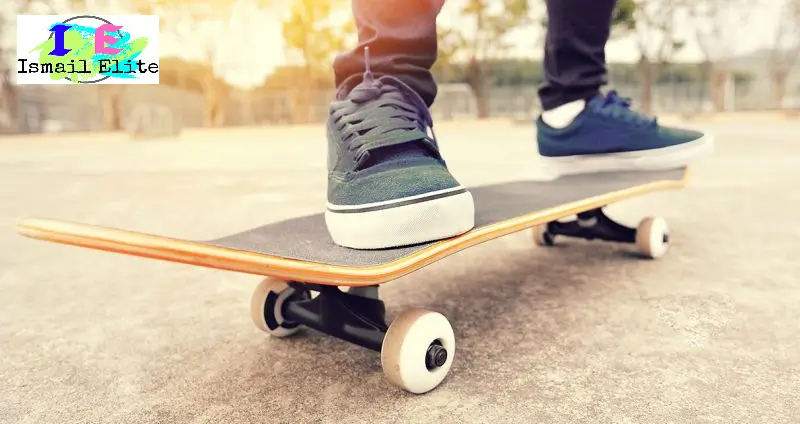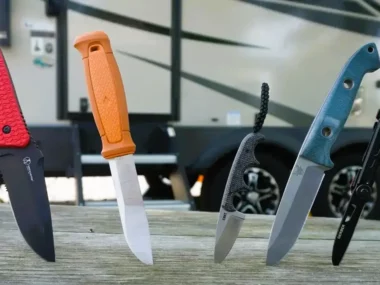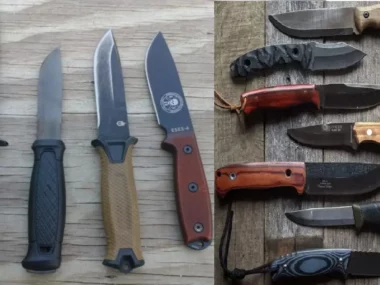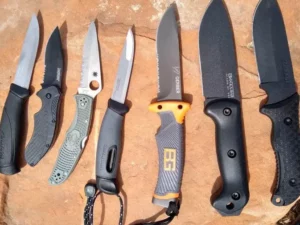Skateboarding Basics for Beginners
Skateboarding can be incredibly fun and rewarding. But you need to learn some skateboarding basics for beginners. As a beginner, starting on a skateboard can be challenging at first. This guide covers skateboarding basics for beginners. It provides what beginners need to know.
With patience and practice, fundamental skills become natural. Skateboarding can feel second nature over time.
Table of Contents
Choosing Your First Skateboard
The first step to skateboarding is choosing the right board. As a beginner, you’ll want a classic popsicle-shaped deck that is 7.5 to 8.25 inches wide. Anything wider might feel cumbersome when learning flip tricks.
The deck should also be 30-32 inches long to provide stability but still allow movement. Shorter decks under 30 inches are best for younger kids.
For beginners, choose Canadian maple 7-ply decks. They provide the right stiffness and flexibility without losing control. They also tend to be the most affordable option. More advanced skaters may prefer 8-ply for added durability when landing more complex tricks.
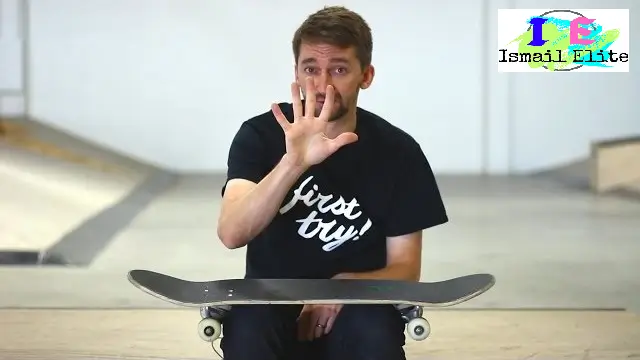
Beginner skateboard trucks should match the deck width. Standard kingpin trucks are moderately responsive. They provide a good amount of turning ability for beginners.
As you progress, experiment with different deck shapes. You can also try tighter/looser bushings to customize turning and stability.
Wheels for beginners should fall in the 90-100a durometer range and 50-56mm diameter size. 99a/52mm is a popular all-around choice. Softer, larger wheels make cruising easier. Smaller, harder wheels are better optimized for tricks and parks.
Finally, skateboard bearings generally don’t make a huge difference to a beginner. Built-in bearings are just fine when starting. Eventually, you may want to upgrade if the stock bearings wear out over time.
 Pede nascetur eros
Pede nascetur eros
Safety Gear – Skateboarding Basics for Beginners
Invest in safety gear before attempting to ride a skateboard to prevent serious injuries while learning. This includes skateboarding basics for beginners:

You can buy sets that include all three for convenience. Try to avoid soft foam pads or single-layer plastic caps as they tear easily upon impact.
Learn how to fall safely on your pads rather than trying to catch yourself with your hands/wrists.
Eventually, more advanced skaters invest in hip pads, slide gloves, and shin guards too for attempting riskier tricks. But the helmet and pad trio cover the essentials for regular skating.
Getting Comfortable On Your Board
Now that you’ve got gear and a board selected, it’s time to start riding! When first stepping on, practice balancing stationary on one foot. Gently roll back and forth. Place your front foot just behind the front trucks in the pocket and your back foot in the center tail area. Keep knees bent and centered over the board.
Once you feel stable, try gliding by placing the back foot at the very end to push off. Avoid pushing Mongo (the front foot does the pushing). Pushing with your dominant rear foot feels far more natural. Gentle pushes will slowly build speed.
Learn to steer by leaning your heel/toe edge slightly rather than shifting your torso drastically.
Practice kick turns by pivoting back 180 degrees after pushing to switch direction. This helps control speed and builds up a balance for more advanced trick maneuvers later on.
Also, spend time learning to foot brake by dragging your rear toes lightly when gliding. Apply more pressure to shave off speed rapidly. This technique is essential for controlling your board safely.
Get comfortable pushing, turning, foot braking, and balancing first. Then, experiment with pumping to sustain momentum without pushing.
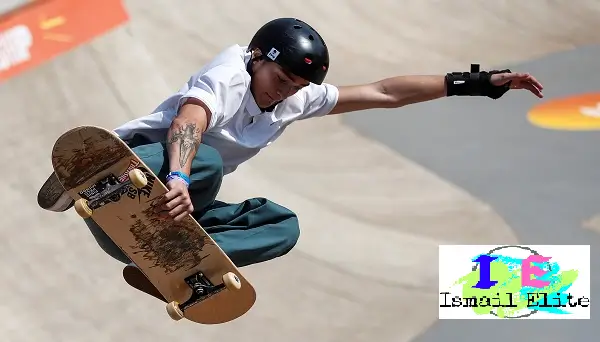
Effectively transfer weight between trucks by squatting down and standing tall. Once mastered, you can ride nearly endlessly while conserving energy.
Attempting Tricks & Transitions
This covers street skateboarding basics for beginners. A few foundational flat-ground tricks are good to start with. These include the ollie, frontside 180, backside 180, pop shuvit, and kickflips/heelflips.
Spend the majority of your early sessions just practicing ollies, as that move forms the basis for all other tricks.
For transition skating, focus on kick turns, dropping in, and grinds/stalls. Also, practice pumping around bowls and parks. Build up gradually to 5-0 and 5-50 grinds, disaster stalls, and eventually airing above the coping.
Use independent trucks and large, soft wheels around 58-60mm. Wider decks can also make transition skating more manageable.
Stick to your comfort zone at first. Only progress to advanced tricks when fundamentals feel natural and consistent. Rushing into tricks, bowls, or ramps too quickly often results in slamming hard. Take things step-by-step to avoid injury and frustration.
Finding Good Beginner Spots
Look for smooth, flat ground when starting. Good options are park pathways, tennis/basketball courts, and empty parking lots. Avoid rocky, cracked, steep, or slippery terrain that can send you flying unexpectedly. Grass can also be deceivingly bumpy.
Locate a spot free from vehicle or pedestrian traffic where you can push around without obstacles.

For transition practice, beginners should use smaller ramps and features. Look for 3-5 foot mini ramps, pump bumps, or mellow quarter pipes with deck space.
Avoid steep transitions or exposed coping at first. Only try them after being extremely comfortable rolling the fakie. It’s better to start small and work your way up over time.
Having an experienced skate buddy motivates you while also giving beginner tips whenever you feel stuck. They can show proper technique so you can get a visual idea of how tricks should look. Filming your progress helps identify problem areas too.
Preventing Injuries – Skateboarding Basics for Beginners
While falling is inevitable in skateboarding, you can take measures to avoid serious harm:
Always wear safety gear, even when not attempting anything advanced. Accidents happen unexpectedly.
Know your limits and don’t attempt tricks you’re not ready for. Failing too large of jumps or gaps risks hospitalization.
Skate within your skill level to avoid slamming hard. Consistency builds comfort.
Learn proper falling techniques like sliding gloves or safely tucking and rolling.
Avoid sketchy weather conditions that make surfaces slippery.
Routinely inspect your equipment. Look for loose trucks, cracked decks, and worn wheels/bearings that can cause falls.
Stay well-fueled and hydrated to avoid fatigue-related slips or mental lapses.
Be especially cautious of head, wrist, and ankle injuries as these take the longest to rehab before returning to skating. Even mild concussions require an extended rest. So protect your dome and pay mind to trick commitment!
With the right gear, spot, mindset, and focus on fundamentals, anyone can learn skateboarding safely.
Enough practice and patience is required. It just takes sticking through those initial wobbles and falls. But once everything clicks, few activities provide the same sense of thrill and creative fulfillment. Now grab your board and get rolling as Skateboarding Basics for Beginners!
Md Ismail Hossen
- is a Professional & Trusted Outdoor Authority, provides a valuable insights & tips on Products.

